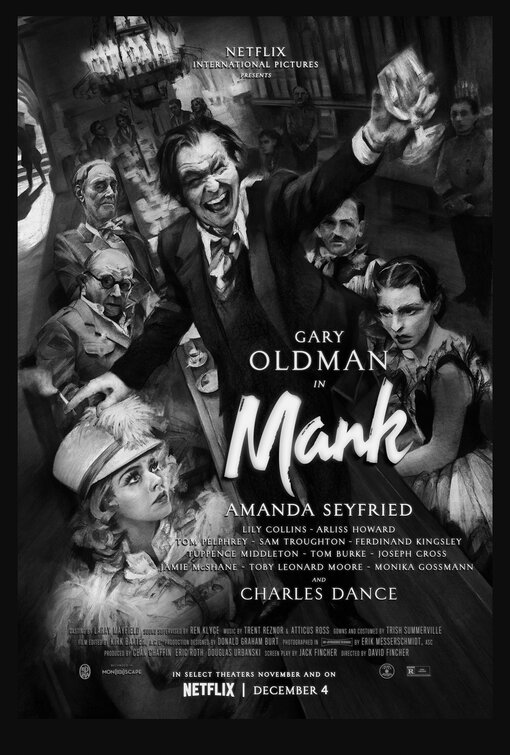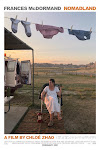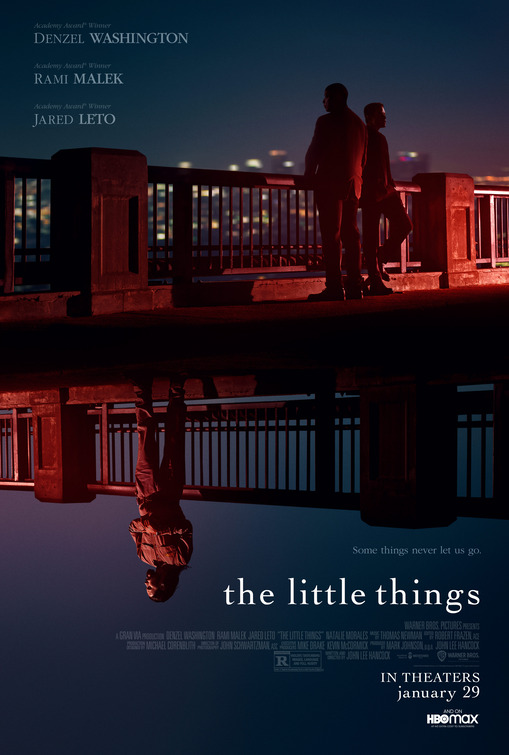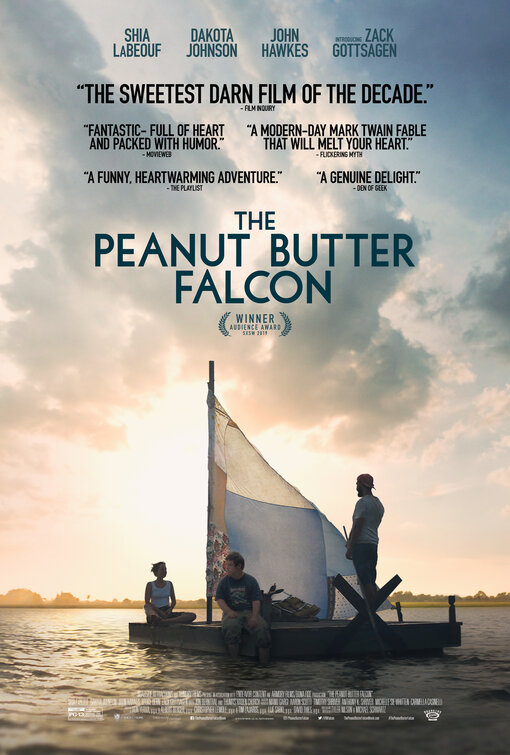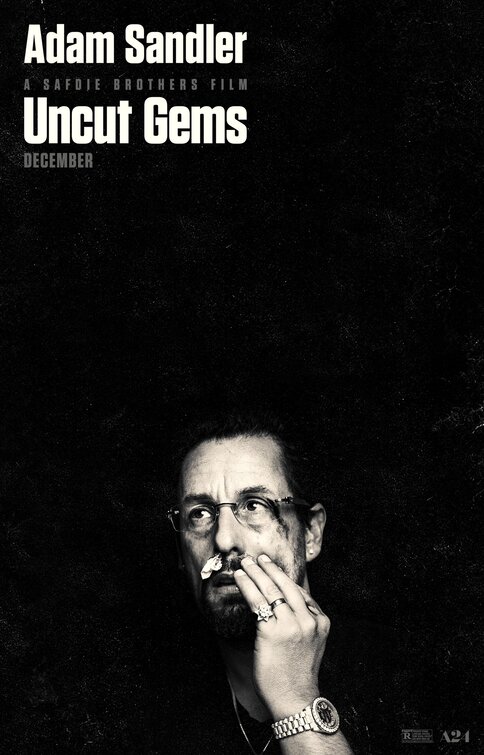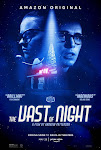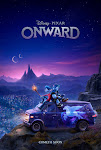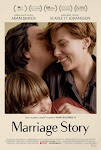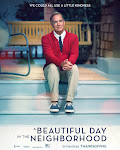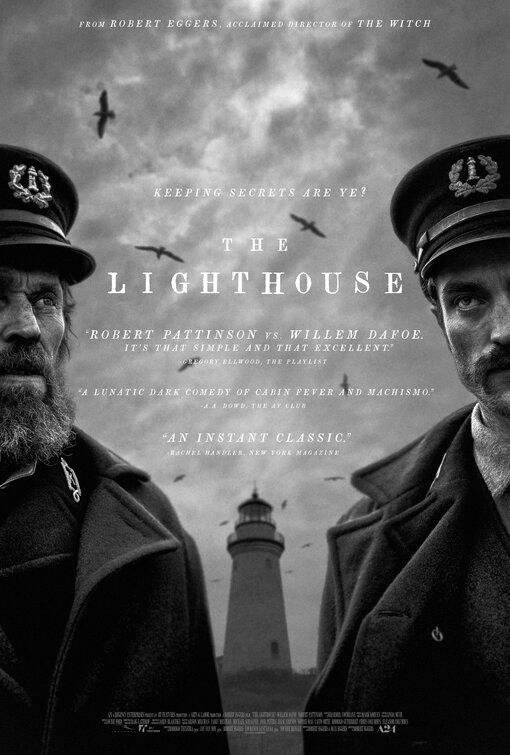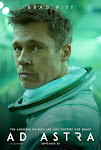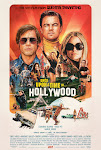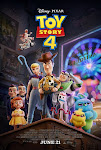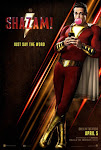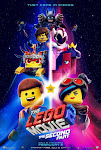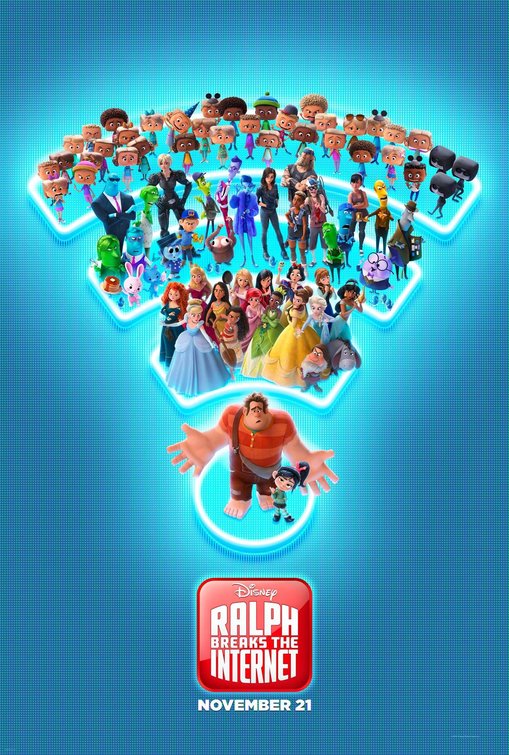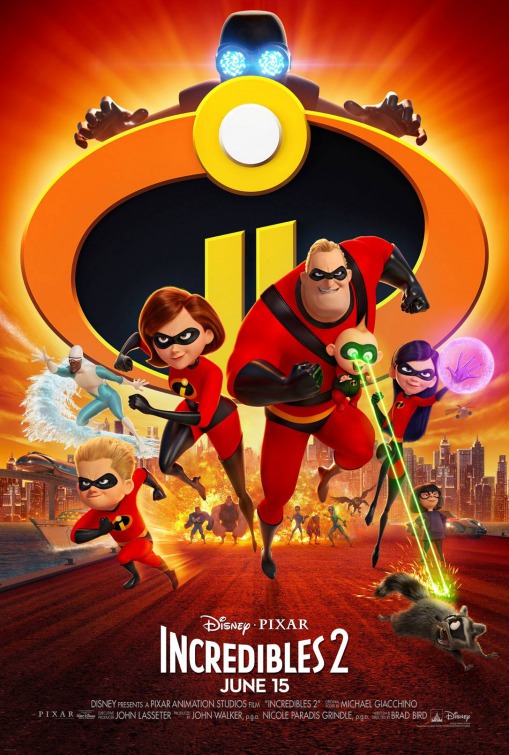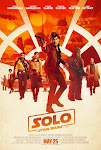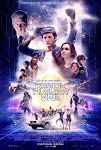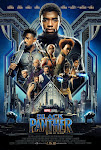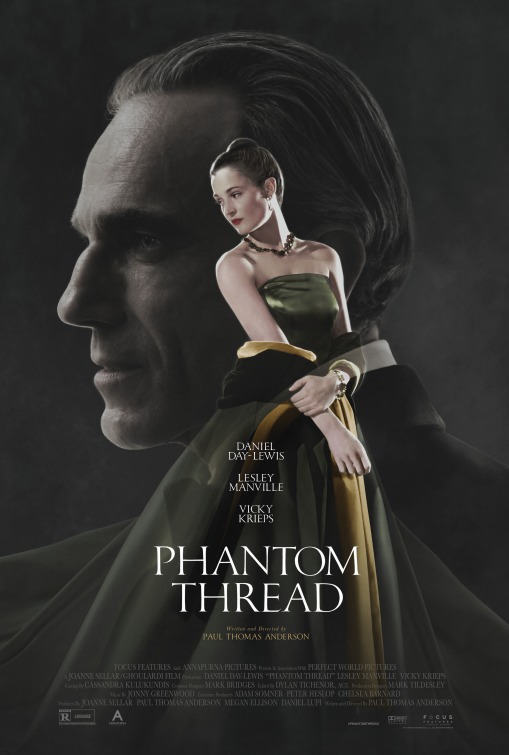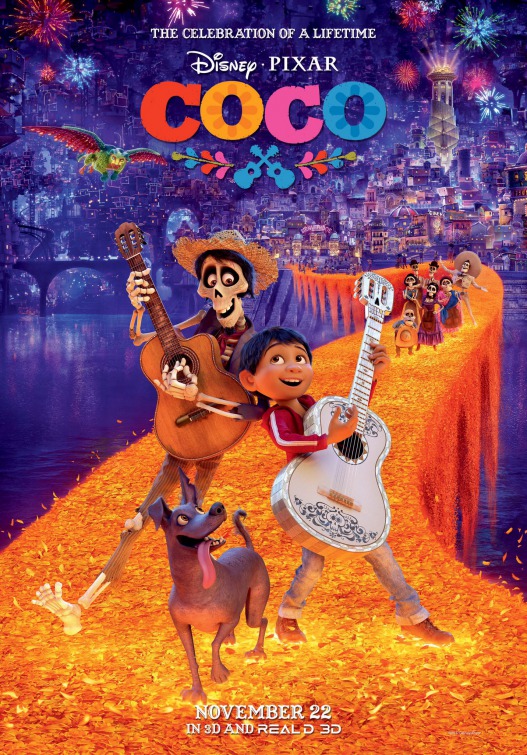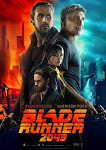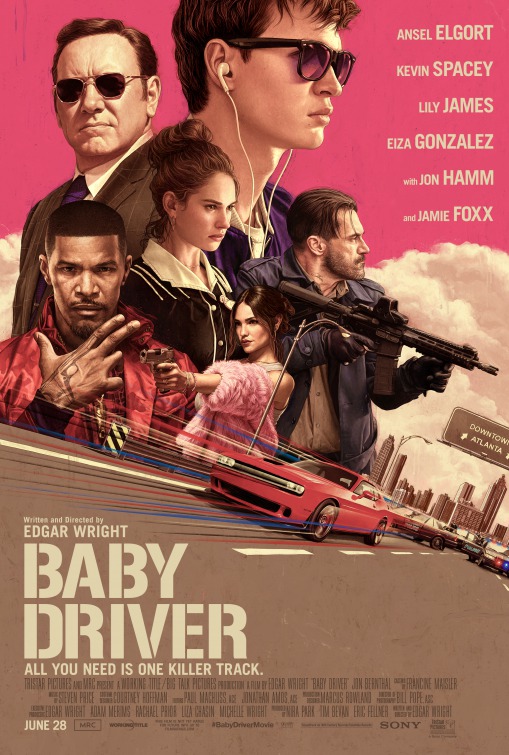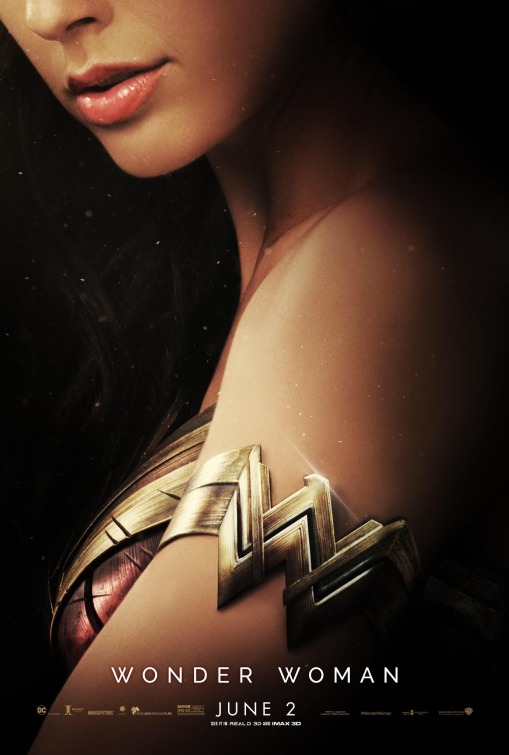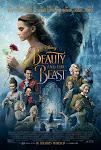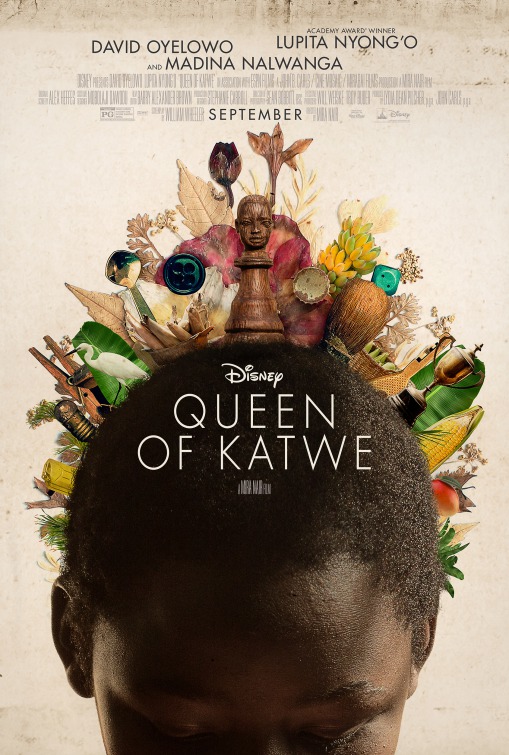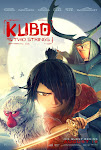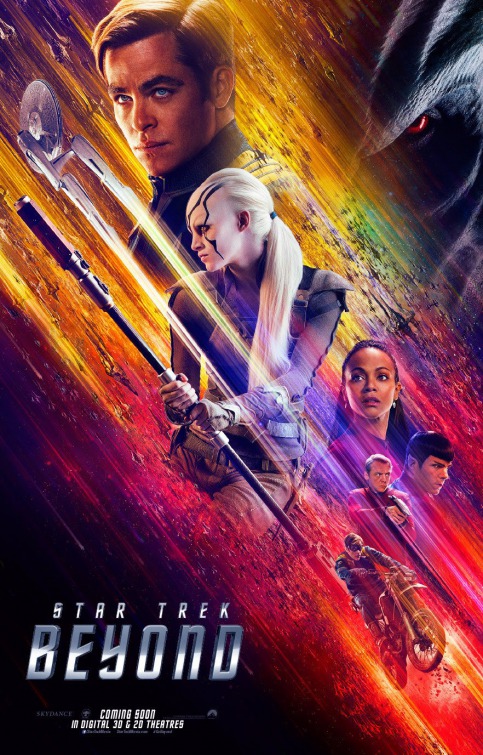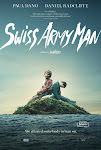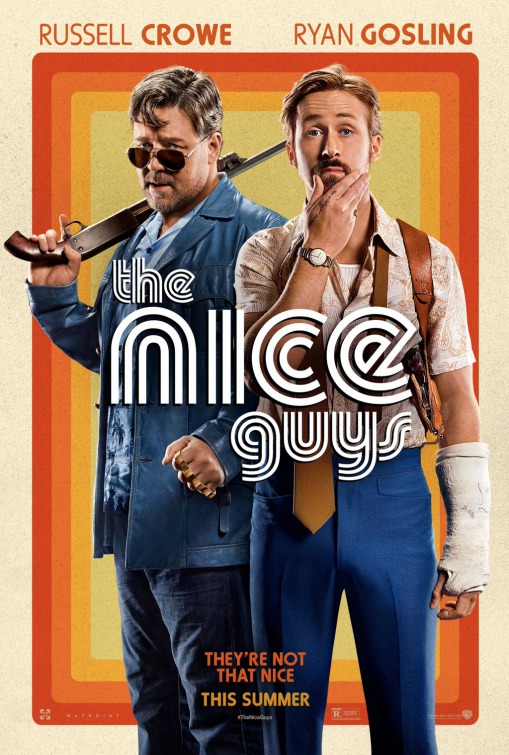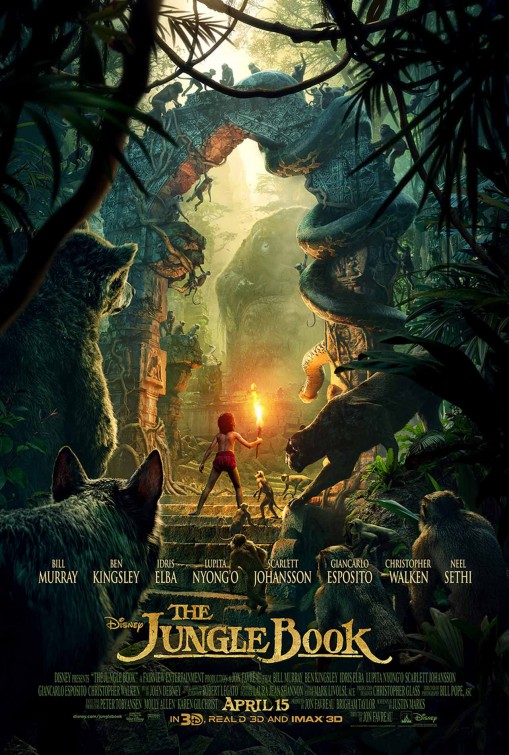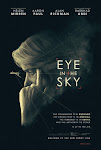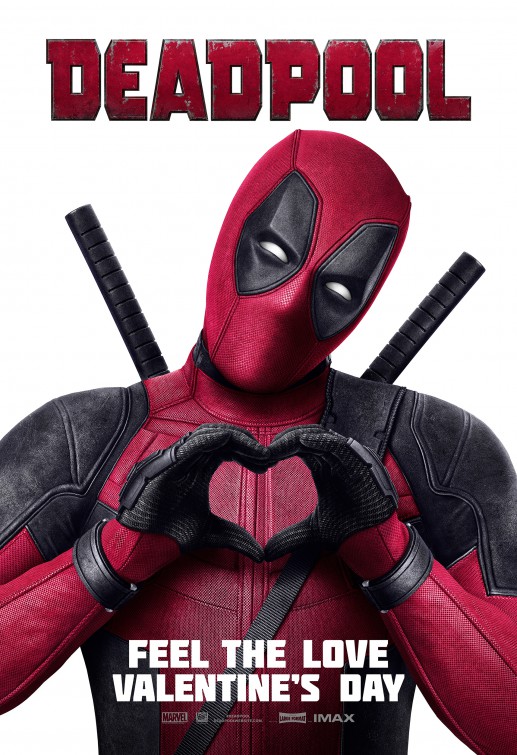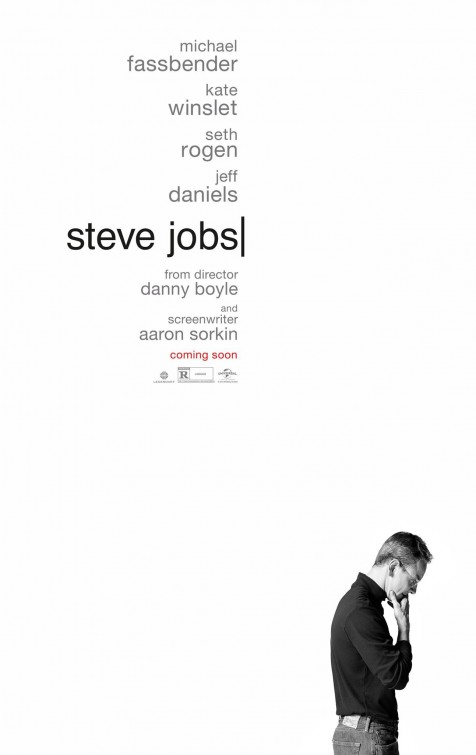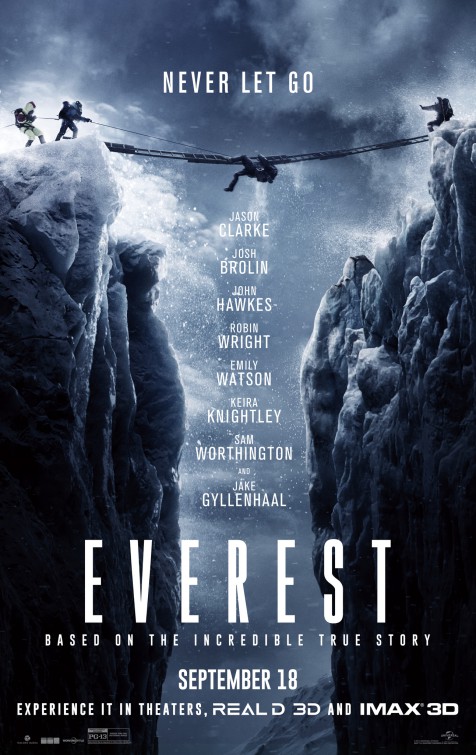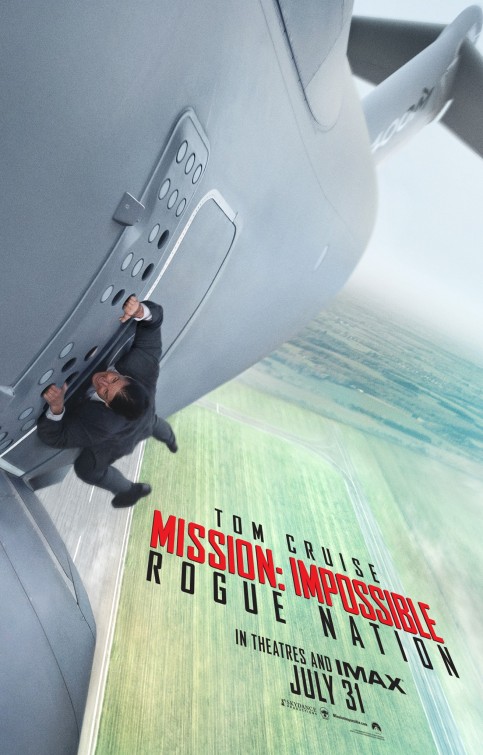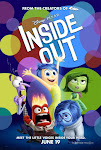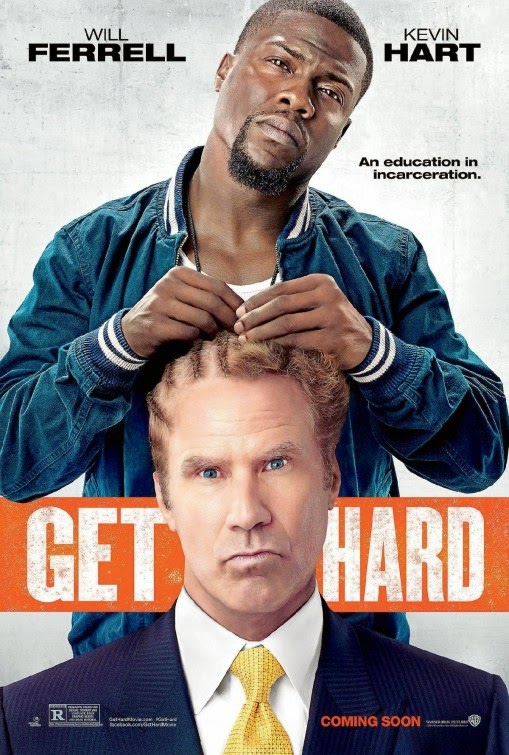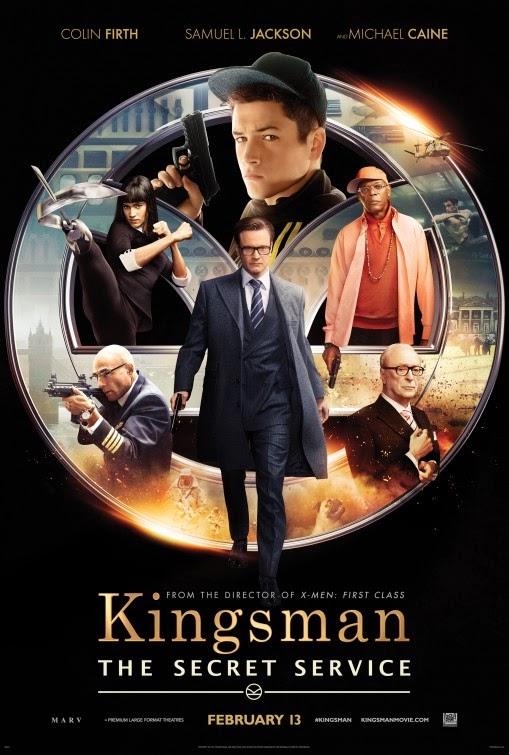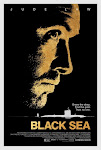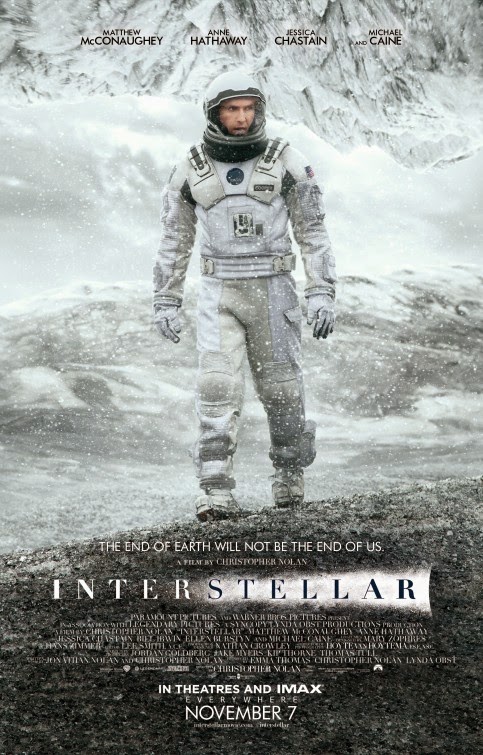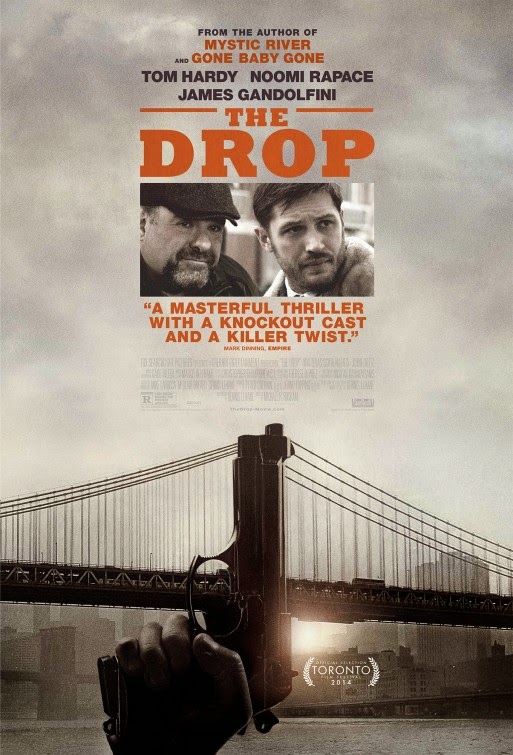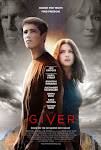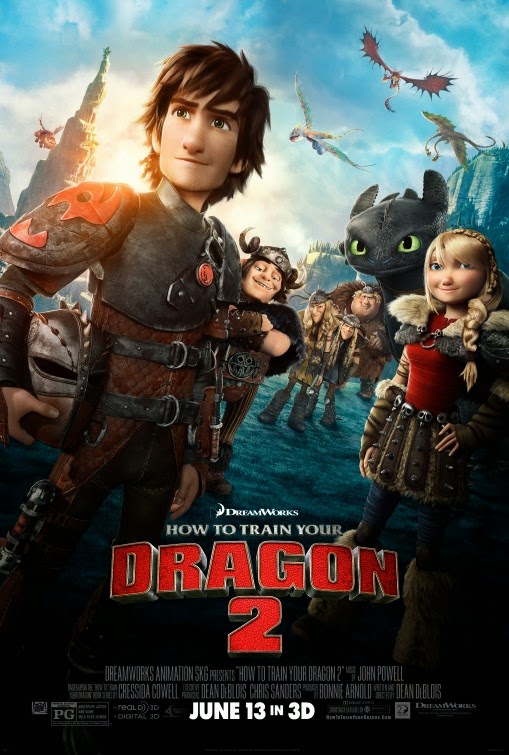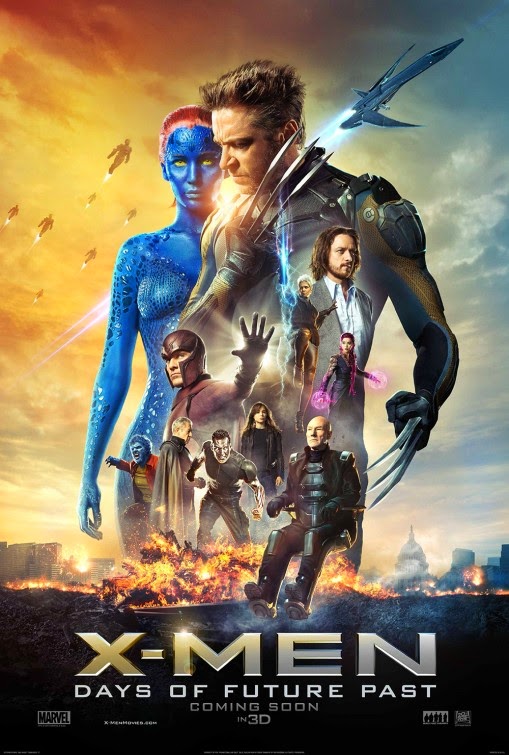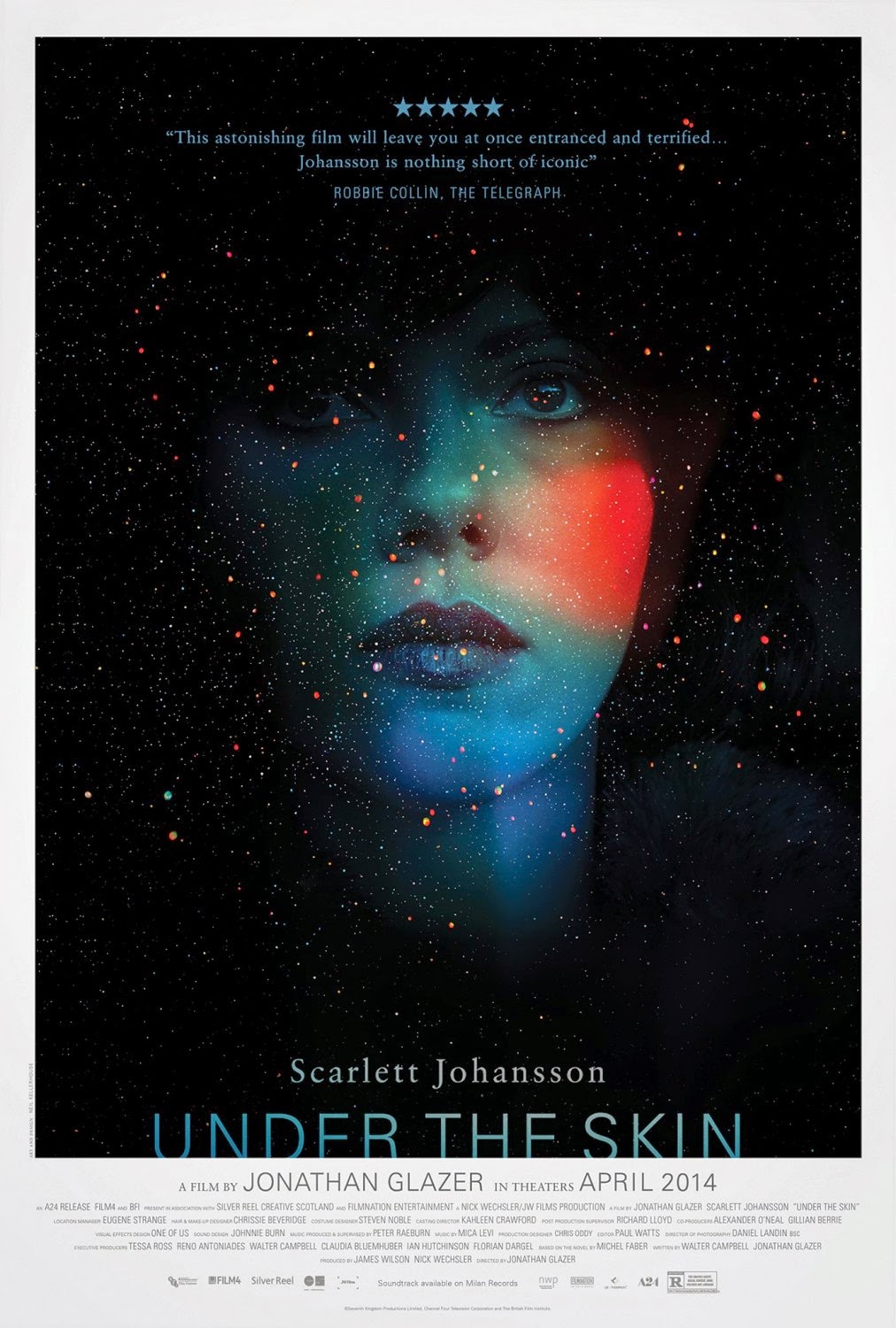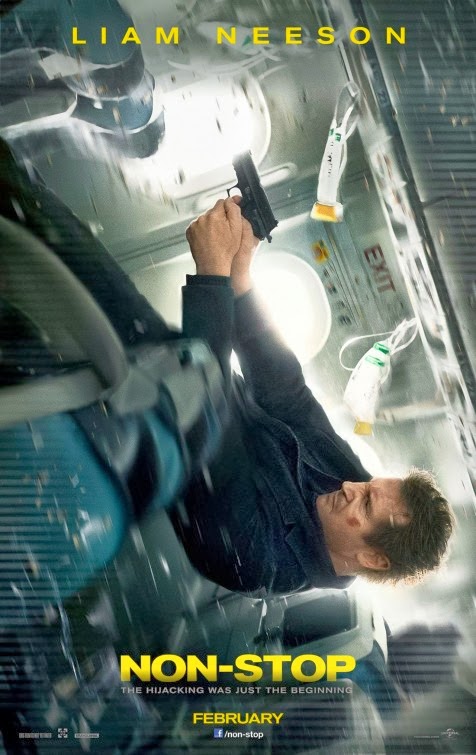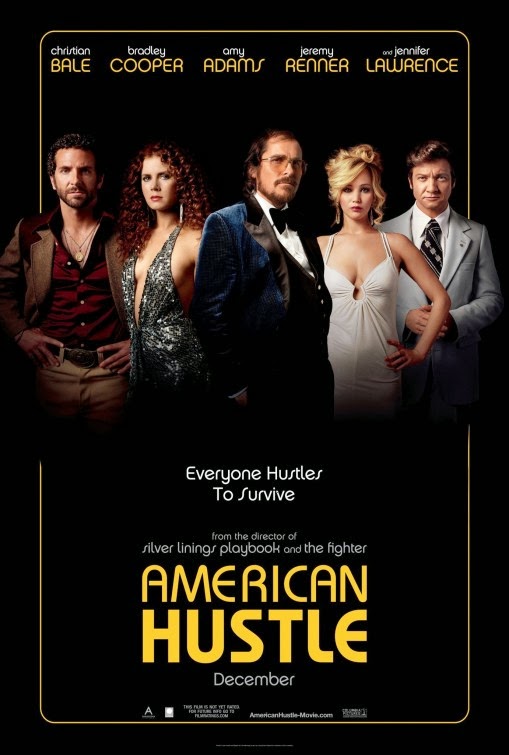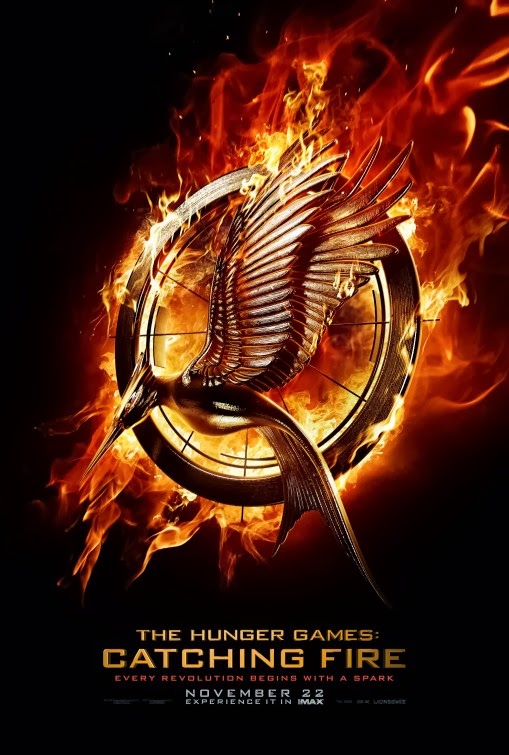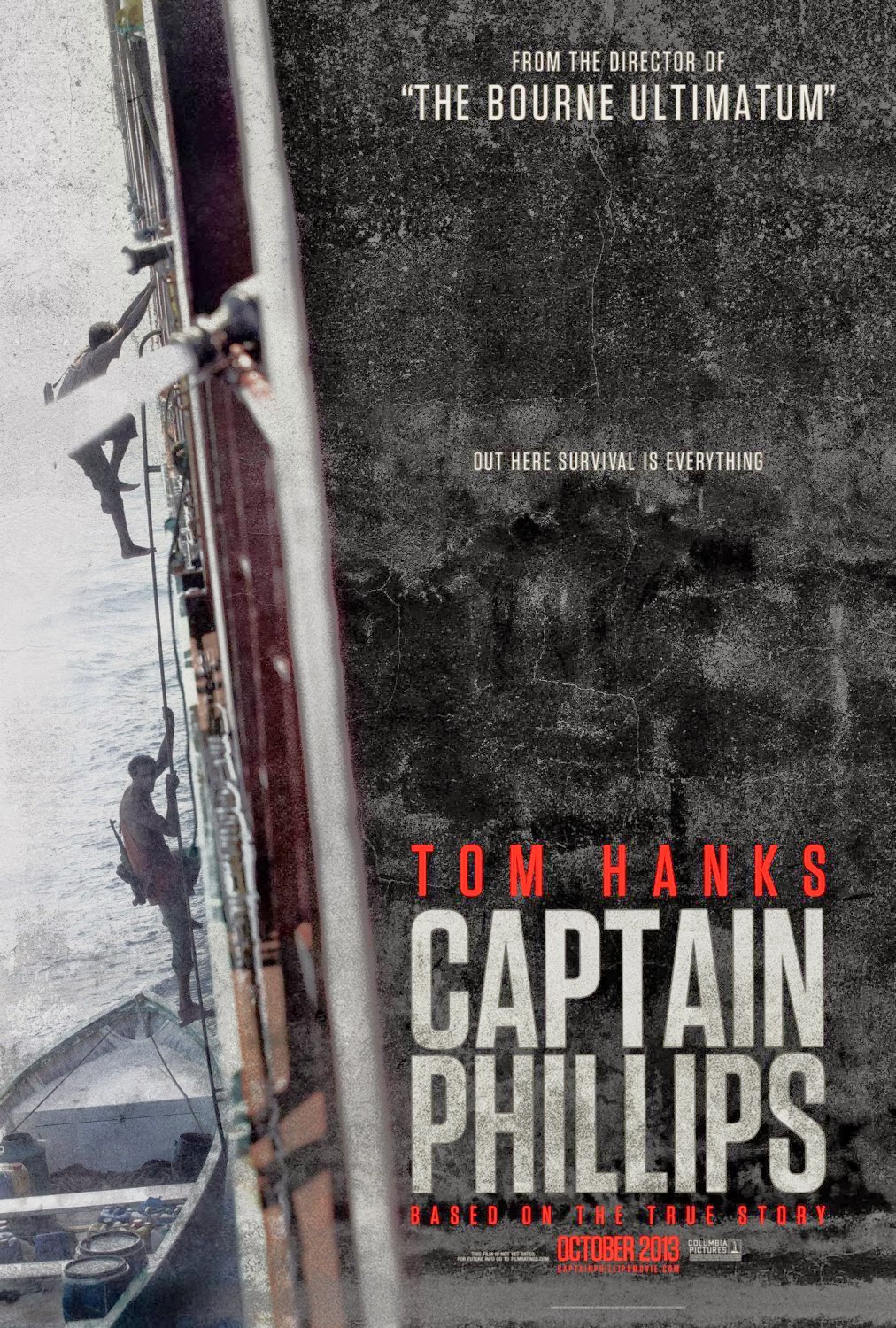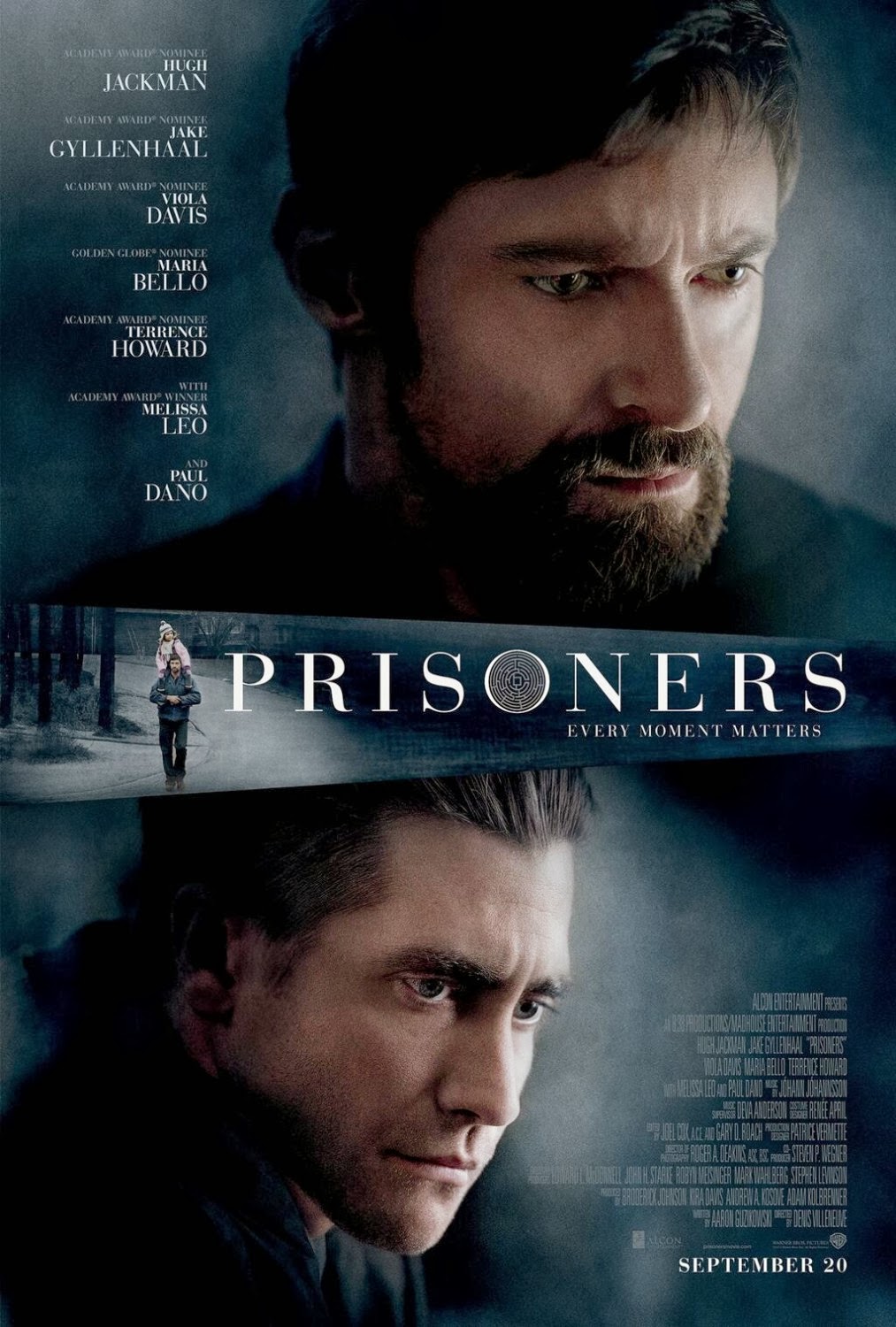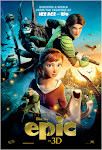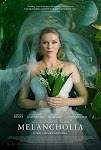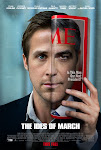Coastal View News
“The Good Dinosaur” starts off with a bit of surprise. 65
million years ago a giant asteroid is jostled from its peaceful orbit and
bumped off into space; it hurtles in a beeline for my home and yours, aka
Planet Earth, speeding at breakneck speed bent on complete annihilation, and … it
misses. It misses! Dinosaurs look up to see a bright streak across the night sky
and then go back to munching on their greens.
This is a good edit for the dinosaurs. No impact, no ice
age, no extinction. And they make good on this windfall—this bit of extra time
to evolve. They shed their backward ways and become civilized. Some learn to
farm, others become ranchers. There are still plenty of baddies—as we all know
civilization doesn’t omit the uncivilized.
But all in all the dinos are doing pretty well.
A case in point: the stars of this movie. They are a family
of farming Apatosauruses (think long neck, long tail, like a Brontosaurus).
Poppa (Jeffrey Wright) and Momma (Frances McDormand) oversee the tilling,
planting, and reaping of their quaint cornfield, while Buck (Ryan Teeple and
Marcus Scribner), Libby (Maleah Nipay-Padilla) and Arlo (Jack McGraw and
Raymond Ochoa) help out.
Well, Buck and Libby help out. Arlo tries. But he is a
knobby-kneed, clumsy, awkward, timid little runt who, despite his best
intentions, fouls things up more often than not. As his brother and sister grow
into sturdy young behemoths and make their marks on the farm, Arlo is left in
the dust. He looks to be soft to the core—un-toughen-up-able.
But that doesn’t stop Poppa from trying. He prods and pushes
Arlo along—sometimes patiently, sometimes not. Again, Arlo tries. But he just
doesn’t seem cut out for the hard life of a dinosaur, or a farmer, or a farming
dinosaur.
Nonetheless, it is tough-as-nails Poppa who gets the worst
of it one day during their desensitivity training. A terrible storm sweeps him
away, leaving the already short-staffed family in a tough spot, and Arlo as
enfeebled as ever. Then when Arlo himself falls into the river and gets swept
off into the wilderness, you think, that’s it he’s done for.
But finding his way back home turns out to be just the
lesson in bravery that Arlo needed. He deals with the elements, fights off
predators, finds shelter, and even gains a companion/pet—a little feral human,
Spot (Jack Bright), who acts just like a dog. Arlo is like Simba in “The Lion
King”, who has to find his own way without his father. Or he is like Littlefoot
in “The Land Before Time”, who has to find his way to safety after losing a
parent. Or maybe it’s more like “Bambi”, or “Finding Nemo”, or “The Jungle
Book”, or … etc.
O.K., so there is a lot of recycled material in “The Good
Dinosaur”. In fact, the most original thing about it is the three-minute Pixar
short that comes first and of course has nothing to do with the movie. Still,
“The Good Dinosaur” is sweet. It tells the story—the same ol’ story—pretty
well. It has a few of those blessed Pixar tear-jerking moments. And, best of
all, it has Sam Elliott (think big white mustache and extremely gravelly voice)
playing a cowboy T-Rex.
So while this movie is not as original or inventive or fresh
as one might like, I say it’s still worth it.




